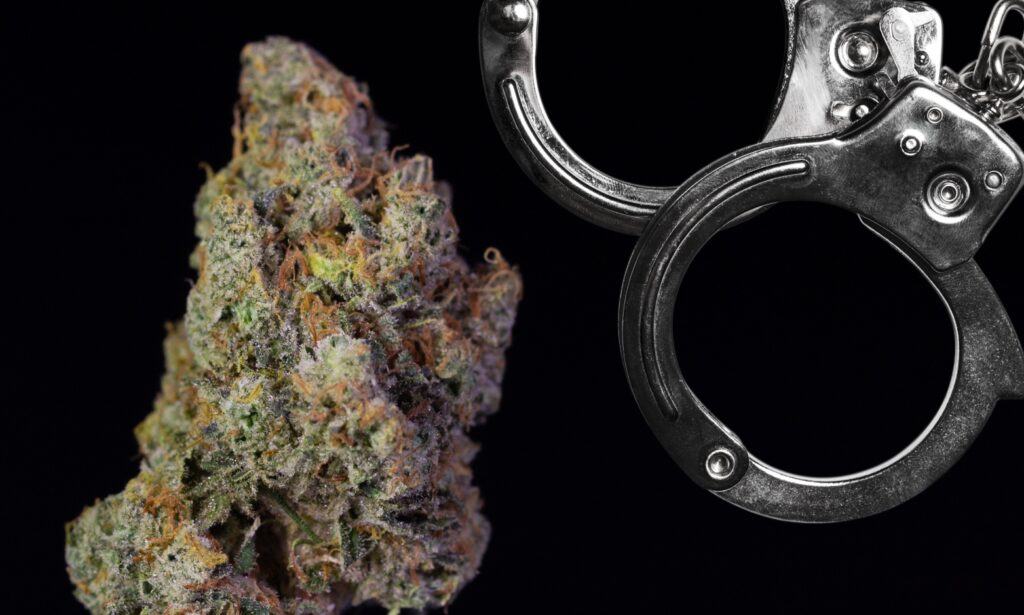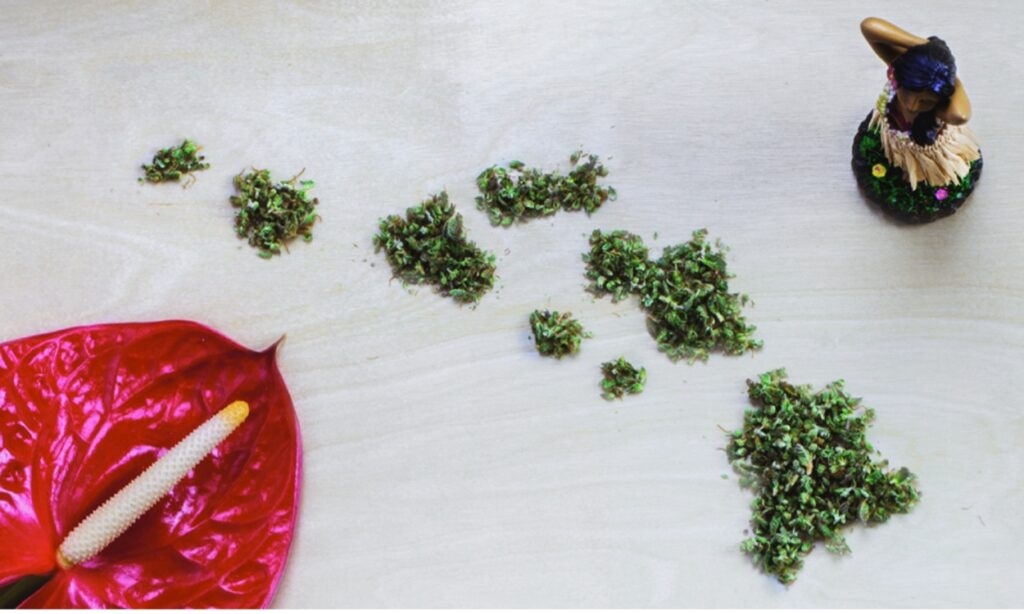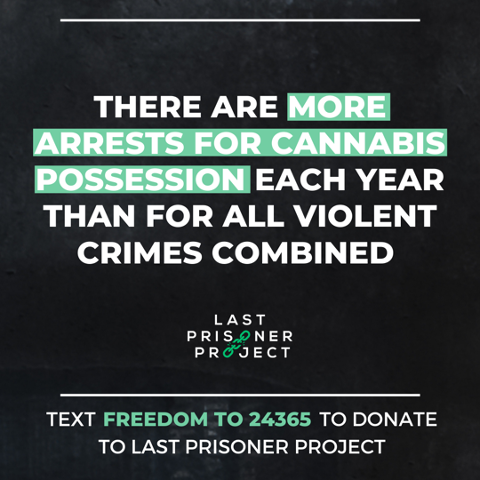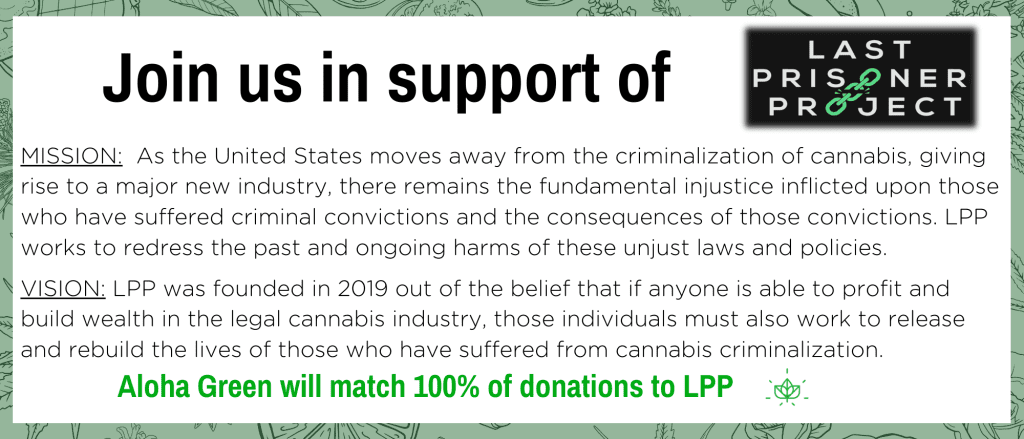
What is the war on drugs?
You may want to lay back with your Tiny Bubbles and buckle in for the ride. The following is a (very) brief summary of what is now known as the War On Drugs in America. Be forewarned, this history goes deep, with far more details than the ones mentioned here. Stay tuned till the end to see how the war on drugs affects present day Hawai’i and what dispensaries like Aloha Green are doing to combat social injustice issues surrounding the “legality” of cannabis.
Back in the 1800’s cannabis was widely prescribed as medicine in the US. It was not until the International Opium Conference of 1912 when the US delegation started making the push to frame cannabis as a globally prohibited drug.
Enter the 1920s – America is in the thick of the Mexican revolution & the insurgence of jazz culture. It was around this time that mainstream society began to see cannabis as a dangerous drug that made people “crazy” and “violent.” America was embarking on what we know now as the “reefer madness” era, which is to thank for the negative stigma on cannabis till this day.
In 1925, the League of Nations put restrictions on cannabis sales, manufacturing, and recreational consumption. It was around 1930 that the term Marijuana came into view when Harry Aslinger, head of the Federal Bureau of Narcotics, made strong claims against the plant and colored groups that society now associated with it, thanks to propaganda. Before this, it was cannabis or hemp, but Aslinger started using the word to play up the association. Total reefer madness.
This racist crusade lead on ‘till the 1940’s and beyond.
Although labs were actively researching cannabis and its medicinal qualities, many of these findings and other pro-cannabis views were suppressed at the time. With a strong connotation to racist undercurrents, in 1961 cannabis officially became illegal and the UN passed a treaty to prohibit the production and sale of cannabis. All of these events lead to the Nixon administration labeling cannabis as a schedule 1 drug, even claiming that cannabis had zero medical value (boy were they uninformed!).

Zooming into the island chain
You may ask… “So, what about Hawai’i?”
Following Nixon’s classification of Cannabis as a Schedule 1 drug (sharing a spot with heroin, LSD, ecstasy, and magic mushrooms), operation Green Harvest began on the islands. Working undercover at first, narcotics officers began seeking out guerrilla grows and destroying plants. This eradication program was in full effect by the 1980’s. U.S Attorney Ed Kubo stated that 30,000 plants were seized or destroyed. Green Harvest choppers come equipped with a spray boom for destroying plants, dosing them with a mixture of diesel or herbicide and coloring. On some occasions, men drop down and seized the plants manually.
The impact that Green Harvest had on our island chain is immeasurable. Along with leaving residents upset by choppers flying overhead and the feeling of intrusive surveillance, communities across the state were left with the bitter sting of disappointment and distrust over this military-style war on a plant. With budgets already stretched to the breaking point, residents knew government spending must be carefully evaluated.
In the following video, a resident shares his view as a Green Harvest chopper looms up above.
Even as recent as 2022, the Kaua’i County Council unanimously approved a KPD request to receive and expend $35,000 in federal funds from the Domestic Cannabis Eradication/Suppression Program.
So, what can we do?
“What’s done cannot be undone” -William Shakespeare, Macbeth.
It’s true that after learning the context behind the war on drugs it can be hard to appreciate strides our local and national communities make every day in the modern year of 2022. The fight is far from over. Hawai’i has a deeply rooted history when it comes to cannabis. The first thing to do is respect the history and get educated on the plant itself/what’s happening in your local government. Hawaii’s Dual Use Cannabis Task Force (DUTF) was convened early this year in hopes to explore the development of a system here in the aloha state that caters to both medicinal and adult-use. Keeping up with and supporting this explorative process is one of the most direct ways we can speak up and fight the stigma against this plant that we’re privileged to know as medicine.

Who is LPP?
The Last Prisoner Project was founded in 2019 out of the belief that no one should remain incarcerated for cannabis offenses. This quarter, Aloha Green Apothecary teamed up with the group of justice-impacted individuals, policy and education experts, and leaders in the worlds of criminal justice and drug policy reform, who are working to end the fundamental injustice that is America’s policy of cannabis prohibition. Donation boxes are posted at every location (King St, Waikiki, & Nimitz Airport) and matched 100% by Aloha Green Apothecary. Let’s fight for what’s fair, freedom for those unjustly incarcerated for cannabis while others profit and benefit from the industry.
Side note: LPP even took the time to submit a data driven policy recommendation to Hawaii’s Dual Use Task Force for automatic record clearance and resentencing in its development of cannabis legalization.
We encourage you to visit LPP’s website to learn more about cannabis reform and the programs that support those incarcerated (and their families) for non-violent cannabis crimes. Sign petitions, read up on the latest news, or write a letter to those currently incarcerated to let them know you are fighting for them (an awesome, free alternative to monetary contribution).
—————————————————-
Mentioned links (in order):
https://www.oah.org/tah/issues/2015/august/pondering-pot/
Green harvest Hawaii #pakalolo #punabuds #weedgotmefaded #smokeout #aloha
https://norml.org/marijuana/adult-use-marijuana
https://www.lastprisonerproject.org/
https://irp.cdn-website.com/08efa45c/files/uploaded/Hawaii%20Report.pdf
